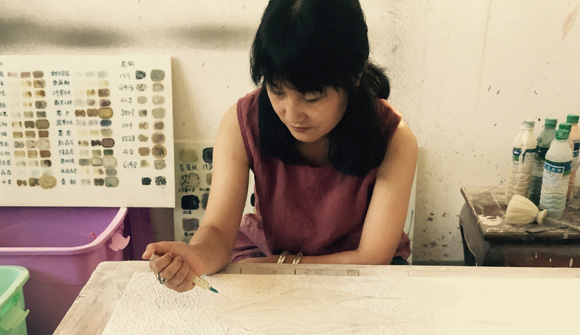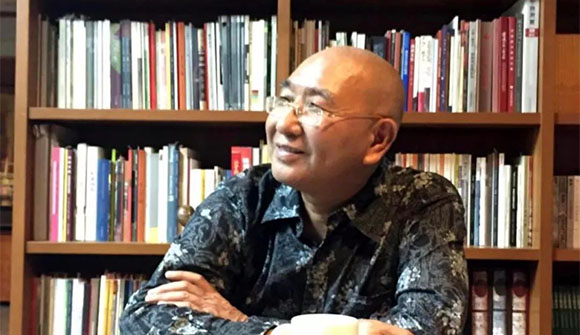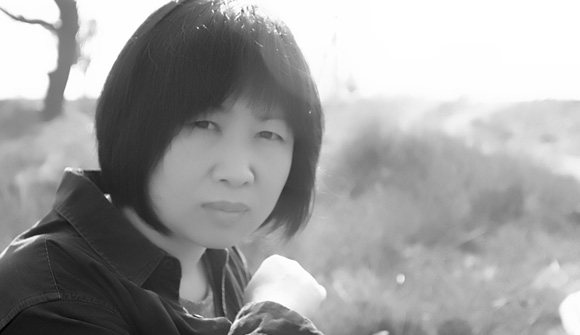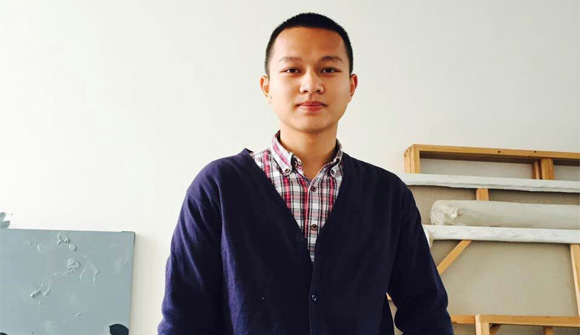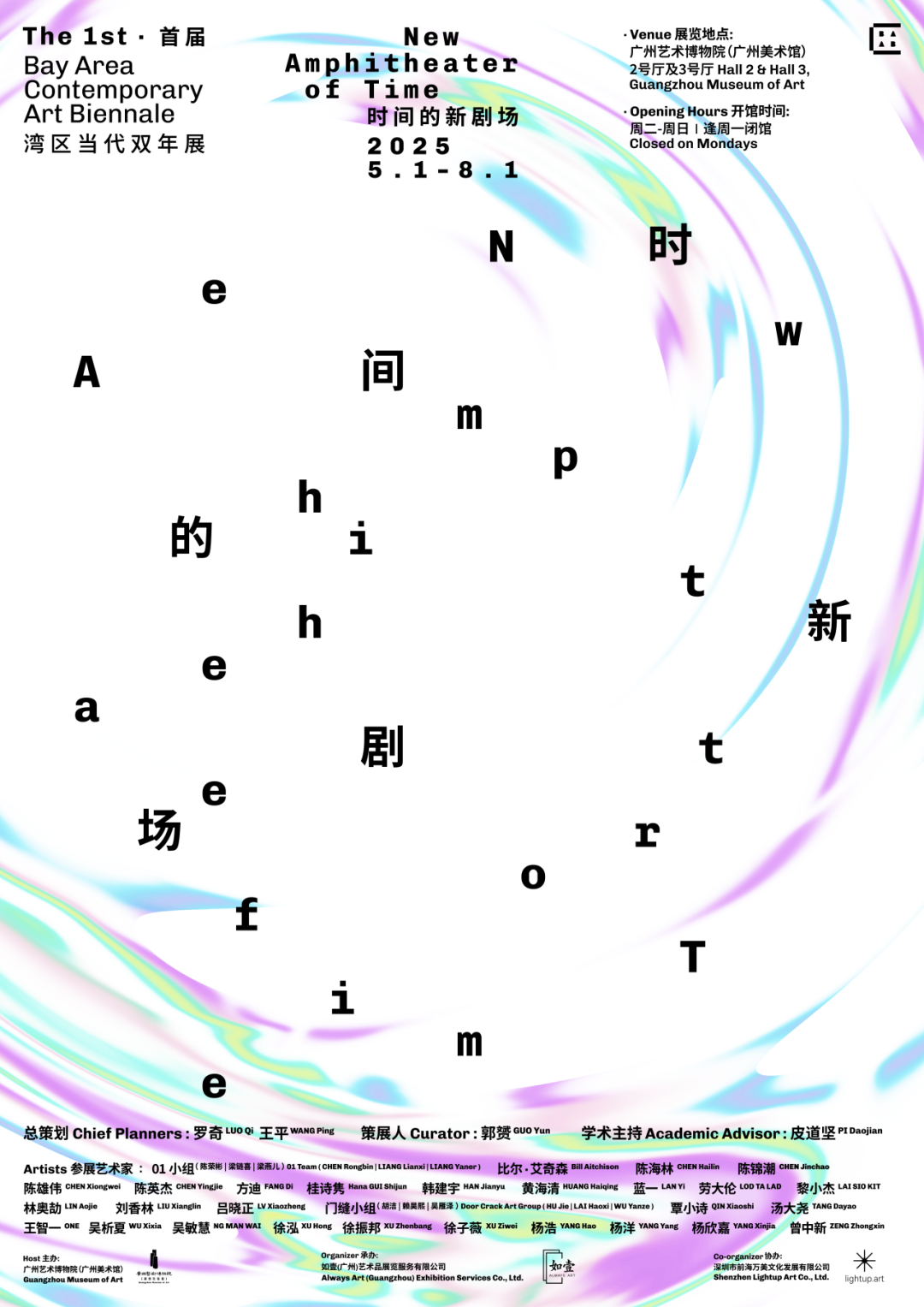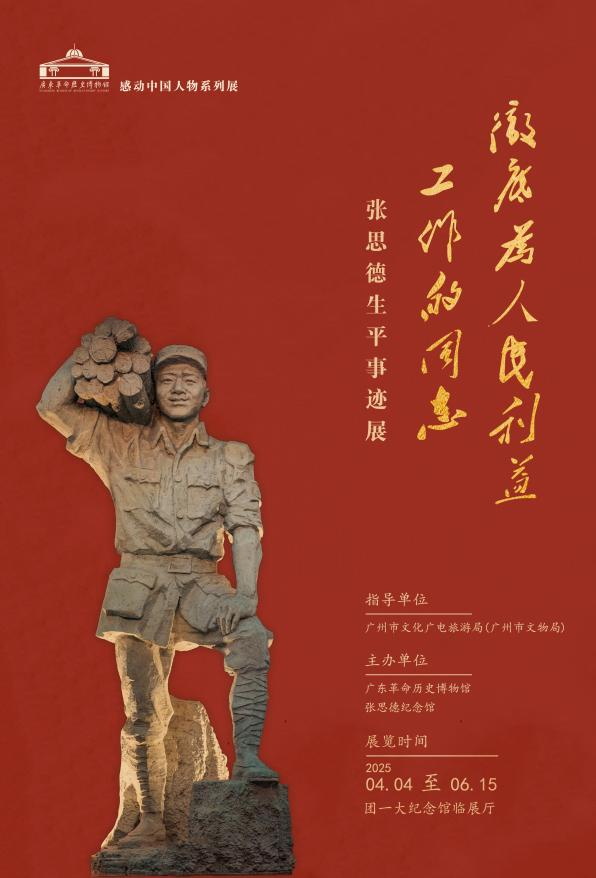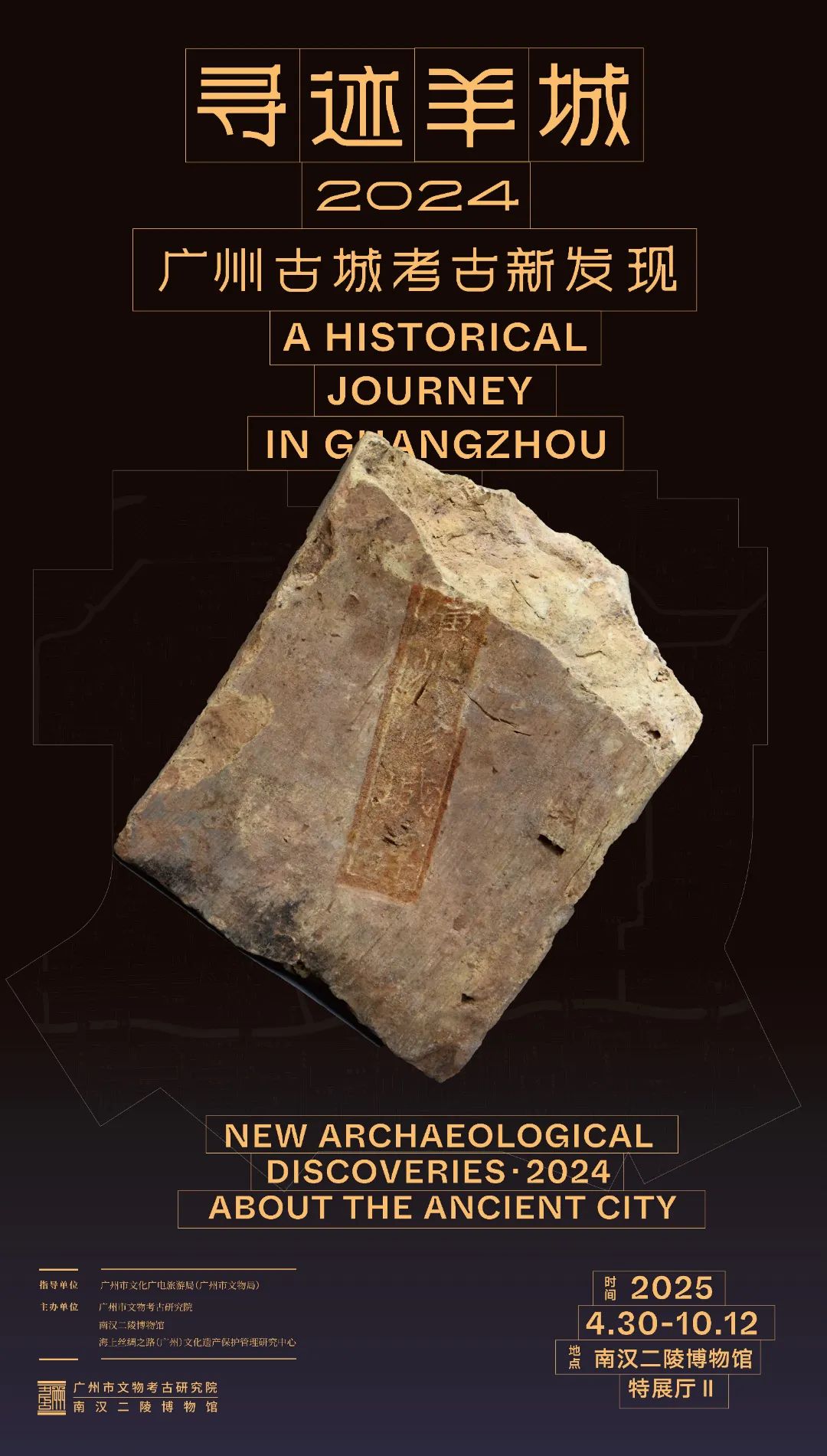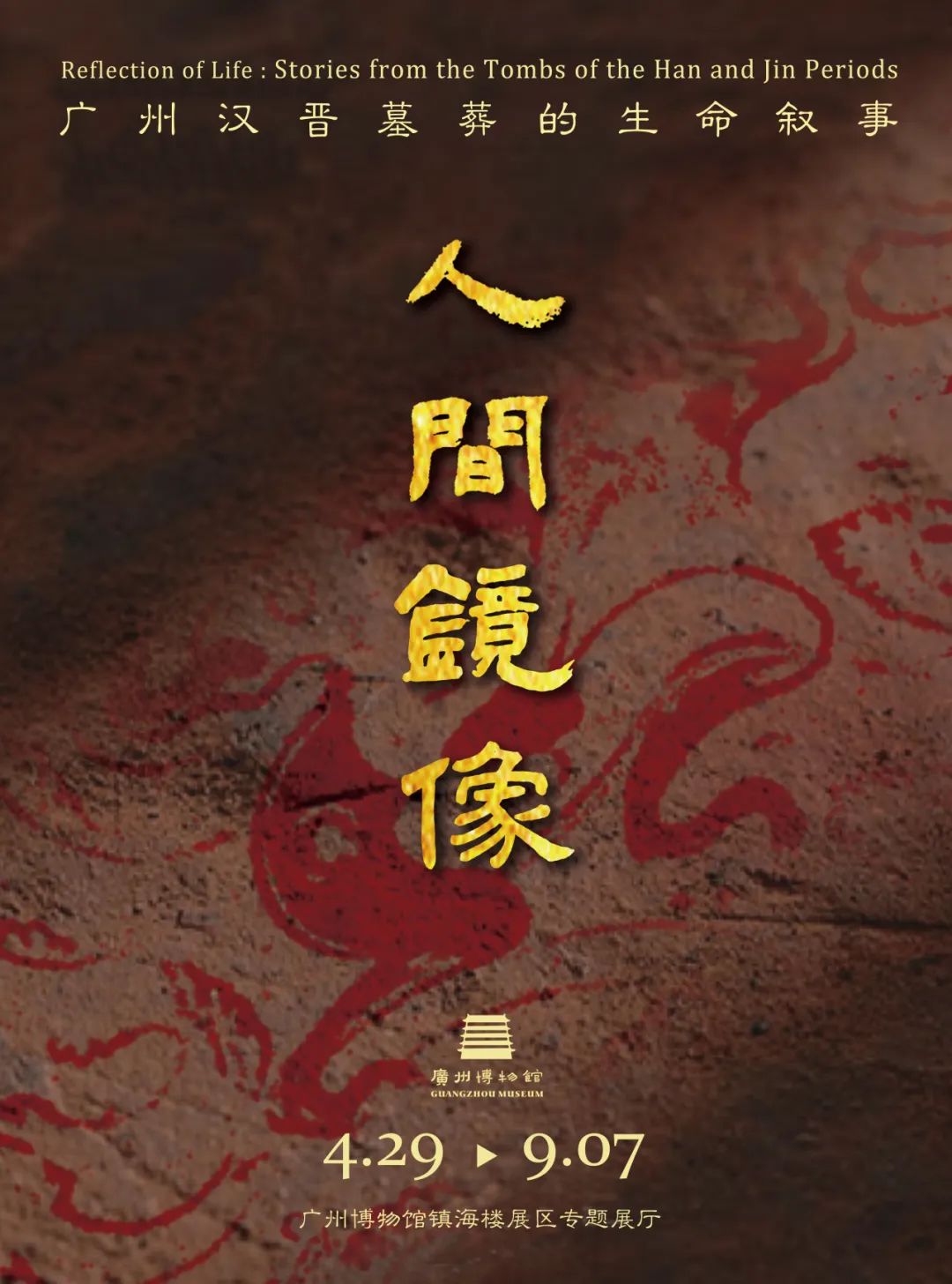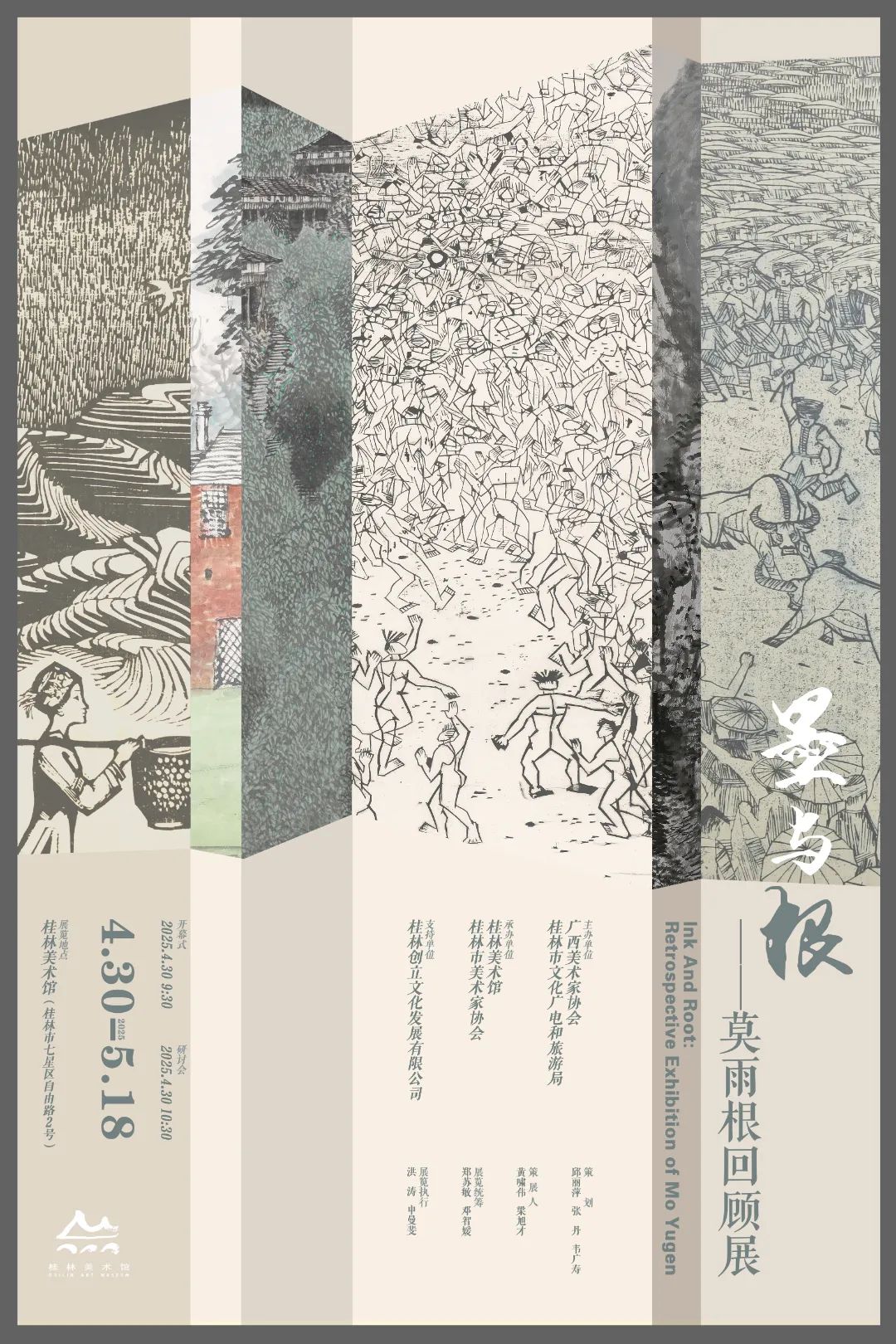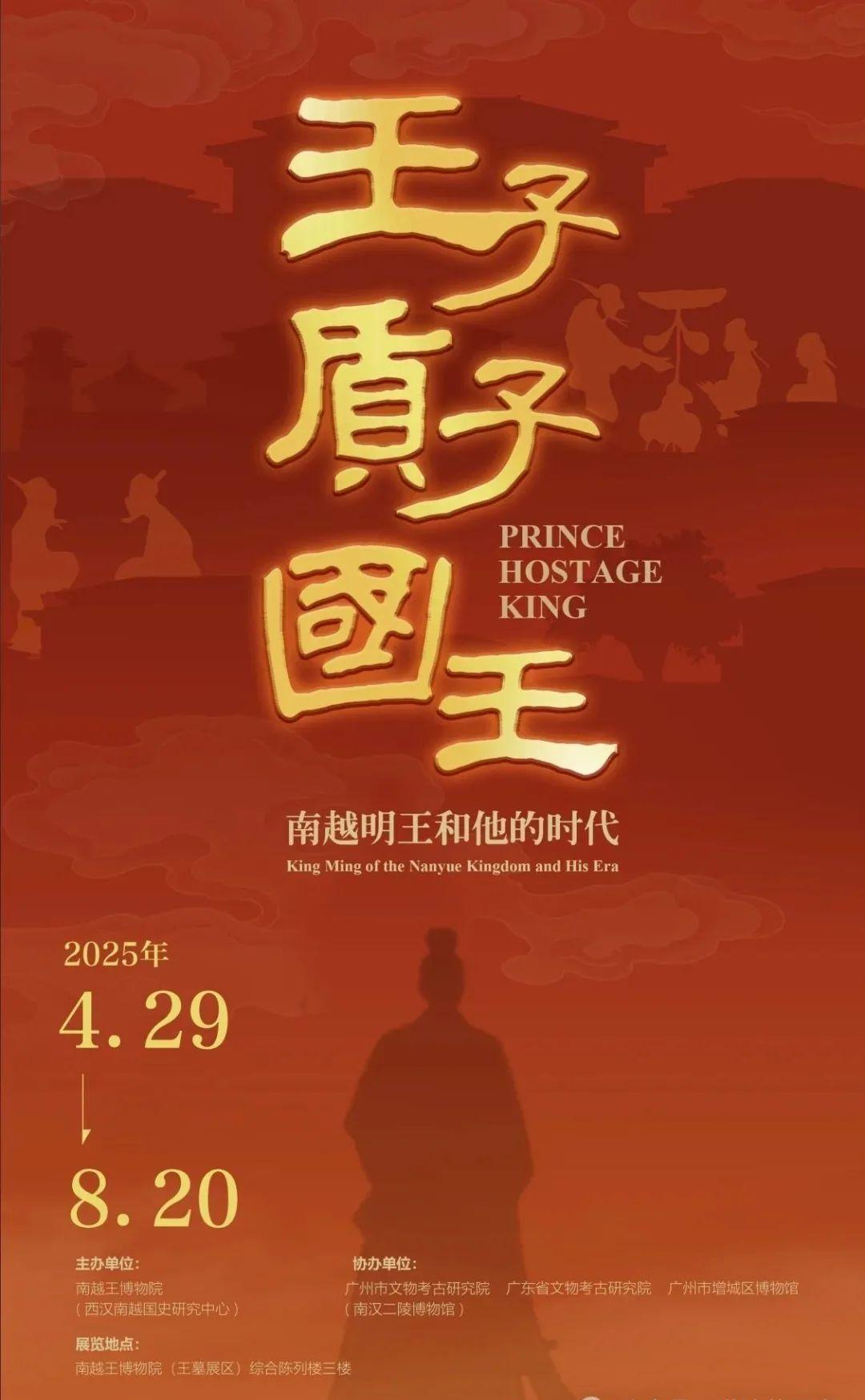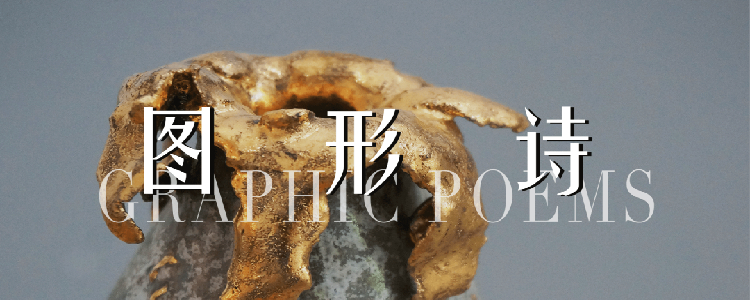
Graphic Poems
Graphic Narratives of the Young Generation Artists
Text: Han Bing
In the creative practices of a new generation of young artists, image creation and narrativeness are dominating the visual appearance. Graphic poetry "is a special form of poetry in which words or lines are arranged in a specific shape or pattern to enhance the meaning and expression through visual presentation. In response to the artist's creative style, it’s vital to arrange graphics, concepts, and meanings, so that unfolding new creativity and attracting new audience by storytelling.
I. Graphics
As a visual element in a multimedia system, what distinguishes a graphic from an image is that it has a defined positive outline, what appears in the artist's work is displayed in front of the audience in a clear form, while showing the intuitive and subjective creation. The image is another mode with the enlargement, which gradually becomes blurred under such "image quality" in a vague and uncertain idea. The results seem to be engaged in the path of medium and abstraction.
Wu Danbo's paintings are screenshots and overlapping of various outlines who finds the most touching image from religious mythology, then uses a cartographer's accuracy to unravel and copy the outline into his own image, so that depicting the reconstruction, reversal, and distortion of the graphics, thus corresponding to the artist's exploration of the mystery and the unknown. His paintings often have a mysterious shape that fits into an unusual time and space, since graphics are no longer an enhancement of the everyday life experience given by photographs, but rather in a dreamy space, with playful and simple shapes. The subconscious mind and dreams are also sources of inspiration for surrealist artists, since graphics are still attached to real scenes in their works, while his works may reveal “an extraordinary collection in reality” or unconscious graphics.
2. Narrative
As for the narrative that can be separated from the image, even the deduction of geometry and mathematical logic still requires the use of simplified graphics. When narrative appears in a work, we need to further observe the role assigns to the figure, and whether itself represents the artist's personal traces.
From the perspective of the audience, narrative can easily bring the viewer into the artist's personal context.From the collection of everyday images, it can be seen that the artist Geng Yini is sensitive to graphics. The superposition of graphics and images with invisible meanings also forms a basic element in his images. Suggestive shapes, randomly combined with images may create a new narrative, and the artist is looking forward to “throwing them together to produce thereaction.” Hesitation about the narrative also ferments in this combination by creating a new relationship — “I have to admit that my paintings themselves are quite narrative. For a long time, I tried to make the painting simple with less narrative; but it always exists without my rejection.”
Graphic narrative is built on the artist's' past experience ', and new experiences are always associated with the memory traces of various shapes that have been perceived in the past. In the graphics created by each of the four young artists, you can understand the“relationship of experience,” explore the artist's self-expression of the social environment and inner world between their complicated, mysterious, or straightforward narrative relationships.



